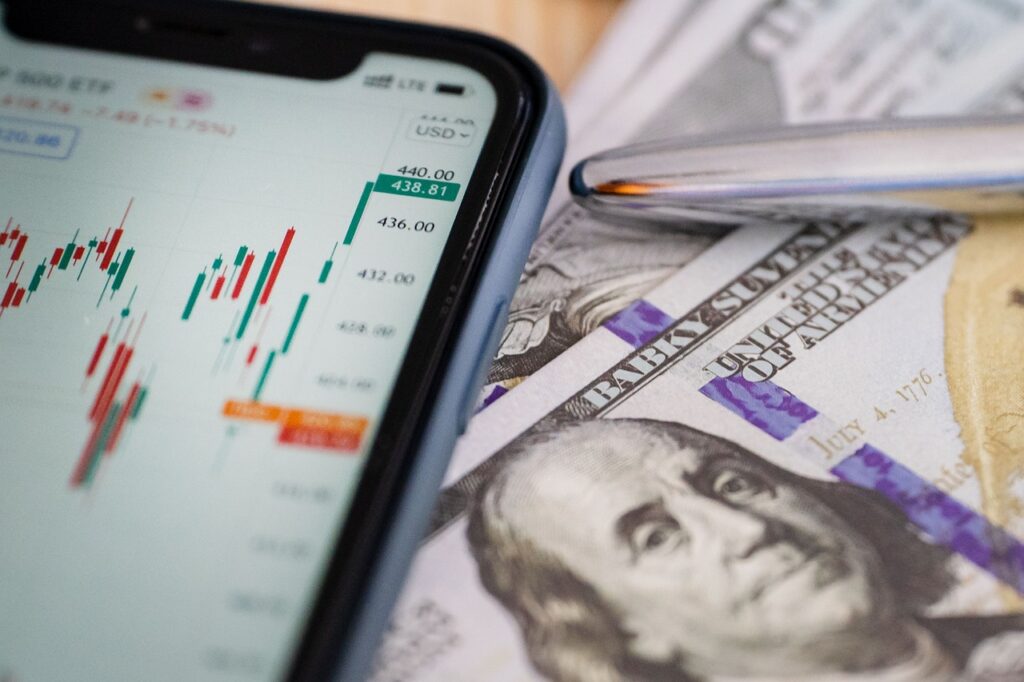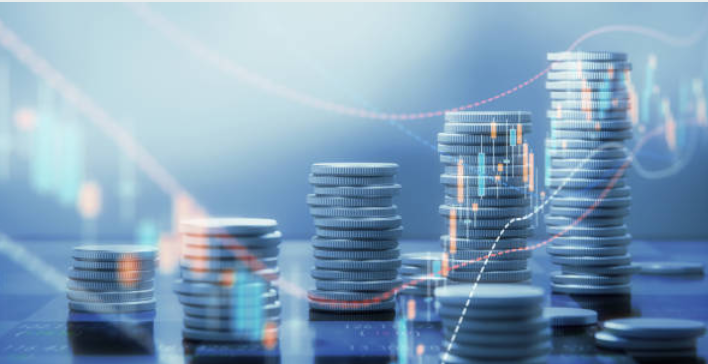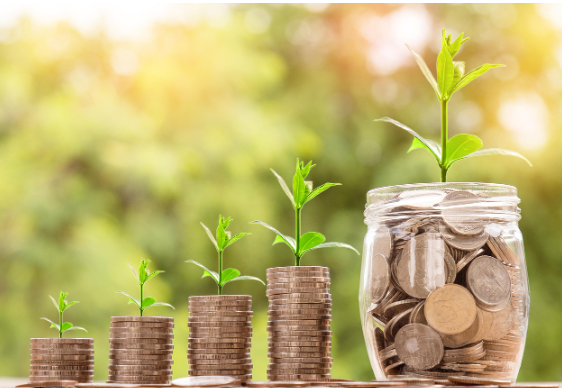
One of the biggest and most significant suppliers of health insurance and healthcare services worldwide is UnitedHealth Group (UNH). The dividend has always been a silent but dependable justification for long-term investors to own UNH shares.What is importance of investment? It is very important for long-term investors to show confidence.However, something out of the ordinary occurred in 2025—the dividend yield soared to levels that had not been seen in the company’s history. Let’s dissect it in detail.
Table of Contents
ToggleHow Much Dividend Does UnitedHealth Pay?
- UnitedHealth currently pays $2.21 per share every quarter, which equals $8.84 per share per year.
- With 100 shares, a U.S. investor would receive $884 in dividend income year, which would be sufficient to pay for a month’s groceries and possibly a few utilities bills.
- This goes beyond a simple “steady check.” UNH has evolved over time into a stock that increases your income rather than maintaining it constant.

Why Is the Dividend Yield Suddenly So Attractive?

Typically, UnitedHealth’s dividend yield lacks much attention. Its yield remained between 1.3% and 1.5% for years, which is rather normal for a growing business. UNH’s consistent revenue growth and market dominance attracted investors more than its income.
However, things drastically changed in 2025:
Depending on the stock price, UNH’s dividend yield now ranges from 3% to 5%. That is between two and three times greater than its average throughout time.
Why did that happen? Despite the corporation increasing its dividend, the stock price declined. Given that yield is determined by dividing dividend by stock price, yields naturally increase when prices decline while dividends remain constant.
👉 For investors in the United States, consider a bond that consistently pays $100 annually. Your yield is 10% if you purchase it for $1,000. However, you still receive $100 if the bond price drops to $500, but your yield is now 20%. Here, the same reasoning holds true.
💡 Investor Takeaway: Compared to those who purchased UNH last year, Americans purchasing UNH today are effectively receiving a larger pay cheque for the same investment. Because of this, dividend seekers find this time to be exceptionally appealing.
Key Dividend Dates Every U.S. Investor Should Know
The timing of dividends is just as important as their size. This is how UNH operates in 2025:
Date of Ex-Dividend: 15 September 2025
To be eligible for the upcoming dividend, you must purchase UNH stock prior to this date.
You will have to wait until the payout for the following quarter if you purchase on or after this date.
You can always double-check upcoming ex-dividend dates on trusted sources like Nasdaq.
Record Date: Usually one or two days following the date of the ex-dividend
The business confirms which stockholders are qualified by looking through its documents.
Date of Payment: 23 September 2025
The dividend truly appears in your trading account at this point.
👉 Why it matters in the United States: Dividends are used by many Americans, particularly retirees, to pay monthly expenditures or to enhance Social Security benefits. They can better arrange their household cash flow if they are aware of the dividend calendar.
💡 Pro Tip for U.S. readers: If you’re reinvesting dividends automatically (a common strategy in 401(k)s or IRAs), these dates are also the moments when you’re buying additional shares—often at discounted prices when the stock dips.
Is UnitedHealth’s Dividend Safe?
A large production is fantastic, but only if it can be sustained. U.S. investors recall harsh dividend cuts from major corporations such as AT&T and GE. Thus, the crucial query: Will UNH be able to continue increasing and paying its dividend?
The breakdown is as follows:
16 Years of Growth: Since 2009, UNH has raised its dividend annually. This includes the COVID-19 epidemic, inflation surges, and the 2008 financial crisis.
Low Payout Ratio: Dividends are paid out using just approximately 36–37% of profits. The remainder is used for savings or investing. UNH is better equipped to withstand storms thanks to its cushion.
Strength of Cash Flow: With billions of dollars in revenue from Optum, its healthcare services division, and millions of Americans enrolled in UnitedHealthcare plans, the company produces steady, recurring income.
💡 Investor Confidence: Unlike risky “high-yield” U.S. stocks that lure investors with 7–10% yields but later cut payouts, UNH offers moderate yield + high safety. This balance is exactly what cautious, long-term American investors want.

Dividend Growth: More Than Just a Check
The true magic for many American investors is not the dividend you get now, but rather how much it increases over time.
Double-Digit Growth: UNH has increased its dividend by roughly 10–14% per year over the past ten years. Your income increases in real terms since it is much higher than inflation.
Compounding Effect: In 2015, if you purchased 100 shares in UNH, you would have received an annual dividend of about $200. With no effort on your part, those same 100 shares now produce about $884 annually.
Wealth-Building Machine: Because “dividend growth investing” combines income and equity appreciation, Americans adore it. UNH is a prime illustration of this tactic.
💡 Why it excites U.S. investors: Imagine retiring in 10–15 years and seeing your dividend checks not just keep up with inflation—but actually outpace it. That’s the type of financial freedom UNH helps build.
Why UnitedHealth Is on Wall Street’s Radar Right Now
For UNH, 2025 has been a wild year:
Berkshire Hathaway Invests: Warren Buffett’s company revealed that it owns $1.6 billion worth of UNH stock. The average American investor takes notice when Buffett supports a stock.
Pressure on Earnings: Growing medical expenses reduced earnings, which alarmed Wall Street. In Q2, earnings per share fell by over 40%. As a result, the dividend yield increased and the stock price declined.
Market Reaction: Long-term investors recognised an opportunity while traders panicked. Because of this, the stock is simultaneously suffering and appealing.
💡 U.S. Takeaway: This is the classic Warren Buffett strategy: acquire outstanding companies when they are momentarily in decline. This may seem like a risky time for regular American investors, but Buffett has a history of converting “short-term fear” into “long-term gain.”
Should You Buy UNH for the Dividend?
For readers in the United States, this is the crucial question: is UNH now worth your money?

A historically high dividend yield indicates higher-than-normal income.
Unbroken growth for 16 years—rare consistency.
diverse healthcare services (insurance + Optum) and a solid financial foundation.
Credibility and confidence are increased by Warren Buffett’s investment.

Profit margins may be under pressure from rising healthcare expenditures.
The healthcare policies of the US government may have an effect on insurance income.
Short-term patience may be put to the test by stock volatility.
💡 Final Thought for U.S. investors: UNH might be on your radar if you’re looking for a dividend investment that is reliable and growing. Although it might not offer immediate excitement, this type of business gradually assists in creating retirement-ready portfolios.

